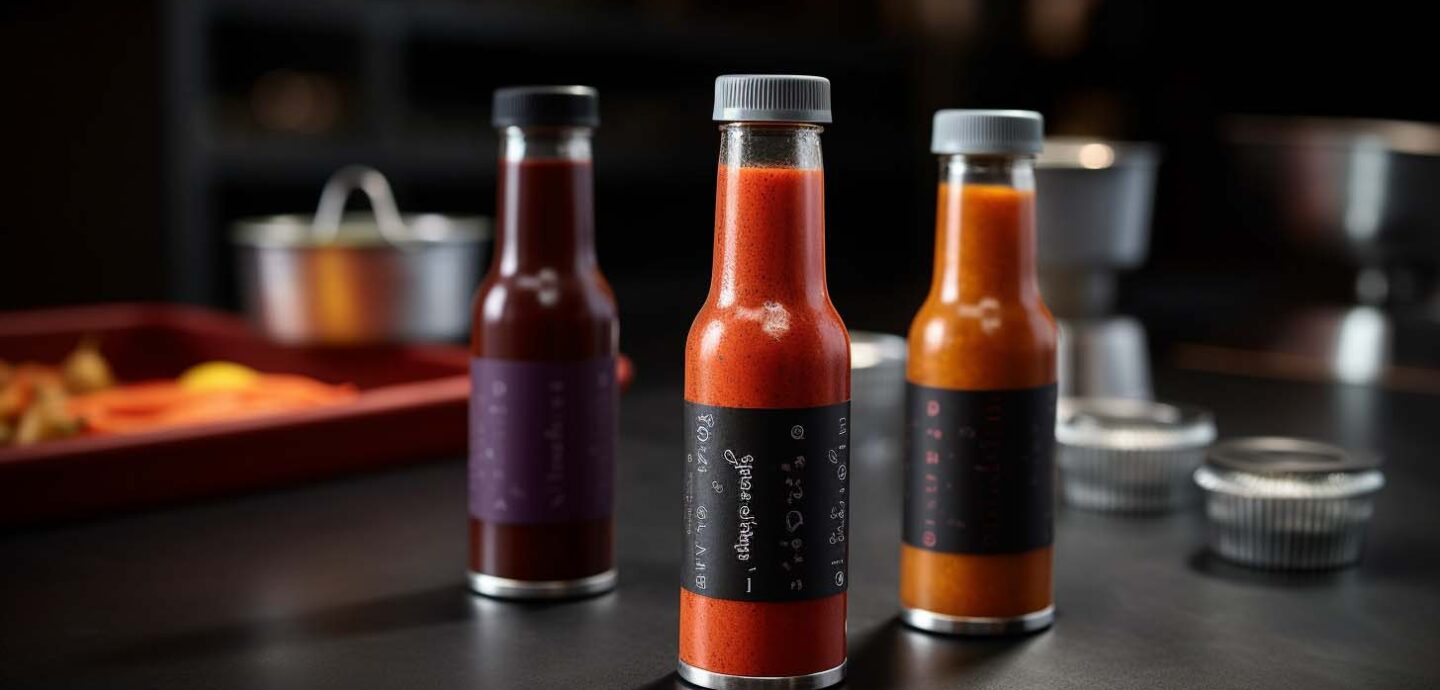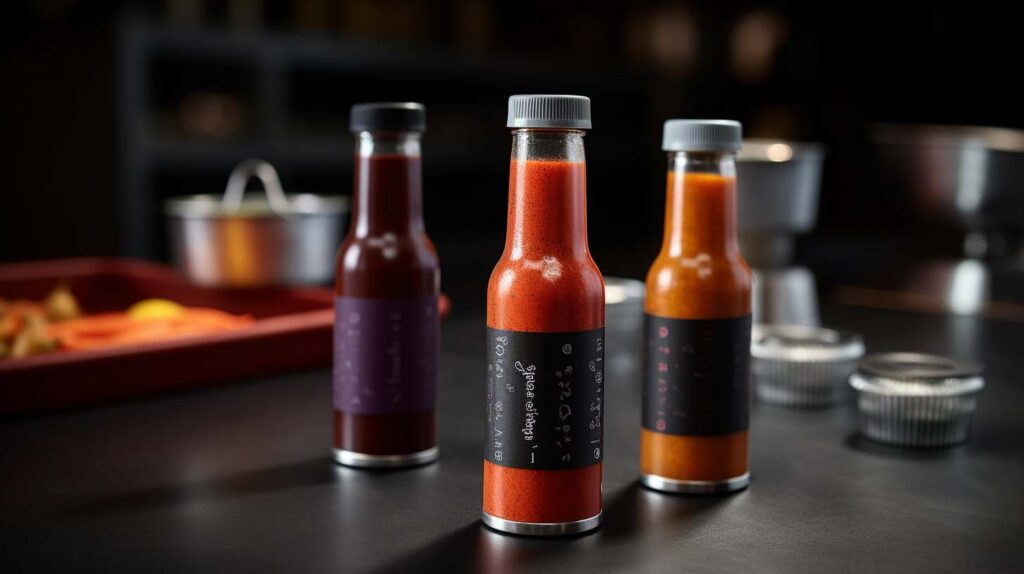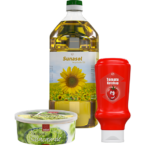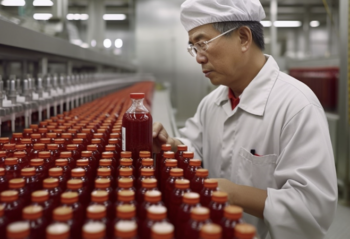

The hot sauce industry, once a niche sector, has exploded in popularity in recent years, transforming itself into a dynamic and constantly expanding market. This remarkable growth is partly due to the changing tastes of consumers, who are now looking for bolder, more varied flavours in their daily diet.
In response to this growing demand, a multitude of new brands and flavors have appeared on the market, giving rise to intense competition for customer attention and loyalty.
Alongside the expansion of the flavor range, there has been significant innovation in bottle design. Manufacturers are no longer content with standard features. They now seek to set themselves apart with unique, eye-catching bottle designs. These designs range from the classic and sleek to the more daring and avant-garde, each aimed at reflecting the brand’s identity and attracting a specific clientele.
However, this diversity of designs presents unique challenges for filling and capping processes. Standard filling and capping machines are often designed for bottles of standardized shapes and sizes. Bottles with irregular shapes or unique features, such as narrow necks or complex contours, require specialized adjustments or equipment for efficient and accurate filling and capping. This can lead to additional costs and production challenges for hot sauce manufacturers, especially for smaller companies who may not have the resources to invest in specialized equipment. In addition, the choice of bottle material plays a vital role not only in aesthetic appeal, but also in product durability and preservation. Materials should be chosen not only for their compatibility with the hot sauce itself, but also for their ease of processing on production lines.
In short, the evolution of bottle design in the hot sauce industry is a reflection of changing consumer preferences and market dynamics. It offers exciting opportunities for innovation in branding and marketing, while posing new technical challenges for the manufacturing process. Manufacturers who succeed in balancing these elements can stand out in a competitive market and continue to prosper in this fast-growing sector.
Importance of Bottle Design in the Filling Process
The design of hot sauce bottles plays a crucial role far beyond its aesthetic aspect, directly influencing the efficiency and precision of the filling process. Every element of the design from the overall shape of the bottle, to the size of the neck opening, to the texture of the material – has a significant impact on how the sauce is filled, packaged and ultimately presented to the consumer.
Bottle shape is one of the most critical aspects. Unconventional shapes can pose challenges in terms of stabilization on conveyors and filling stations, potentially leading to inefficiencies or failures in the filling process. Bottles with irregular bases or asymmetrical designs often require special calibration equipment to ensure accurate and consistent filling.
The size and shape of the neck opening are also determining factors. An opening that’s too narrow can slow down the filling process, especially for thicker, more viscous sauces, while one that’s too wide can lead to accuracy and spillage problems. Choosing the ideal neck diameter is therefore a crucial compromise between filling efficiency and spill control.
In addition, the texture and material of the bottle can influence the way the sauce flows and distributes during filling. For example, materials with a certain opacity or texture can mask air bubbles or imperfections in the sauce, while transparent materials offer clear visibility of the product, but can also expose any defects in the filling process. Materials must also be compatible with the type of sauce, taking into account factors such as acidity, consistency and shelf life.
Taking these elements of bottle design into account is not only a question of functionality, but also an essential strategy for maximizing production efficiency and minimizing costs. Manufacturers must therefore carefully assess the impact of each aspect of bottle design on their filling processes and be ready to adapt or upgrade their equipment to meet the unique requirements presented by innovative designs. Bottle design in the hot sauce industry is a key factor not only in the product’s appeal on store shelves, but also in the efficiency and success of the filling process. A thorough understanding of the interaction between bottle design and filling technology can lead to significant improvements, enhancing both product quality and production efficiency.
Ready to enhance your production efficiency?
Let’s discuss how our oils and sauces filling machines can make a difference.
Contact us!
Our Expertise
-
 More ...
More ...Oils & Sauces
Pioneer in weight filling for liquid food on rotary machines since 1969 (glass, metal, rigid plastic), Serac is a leading ...





